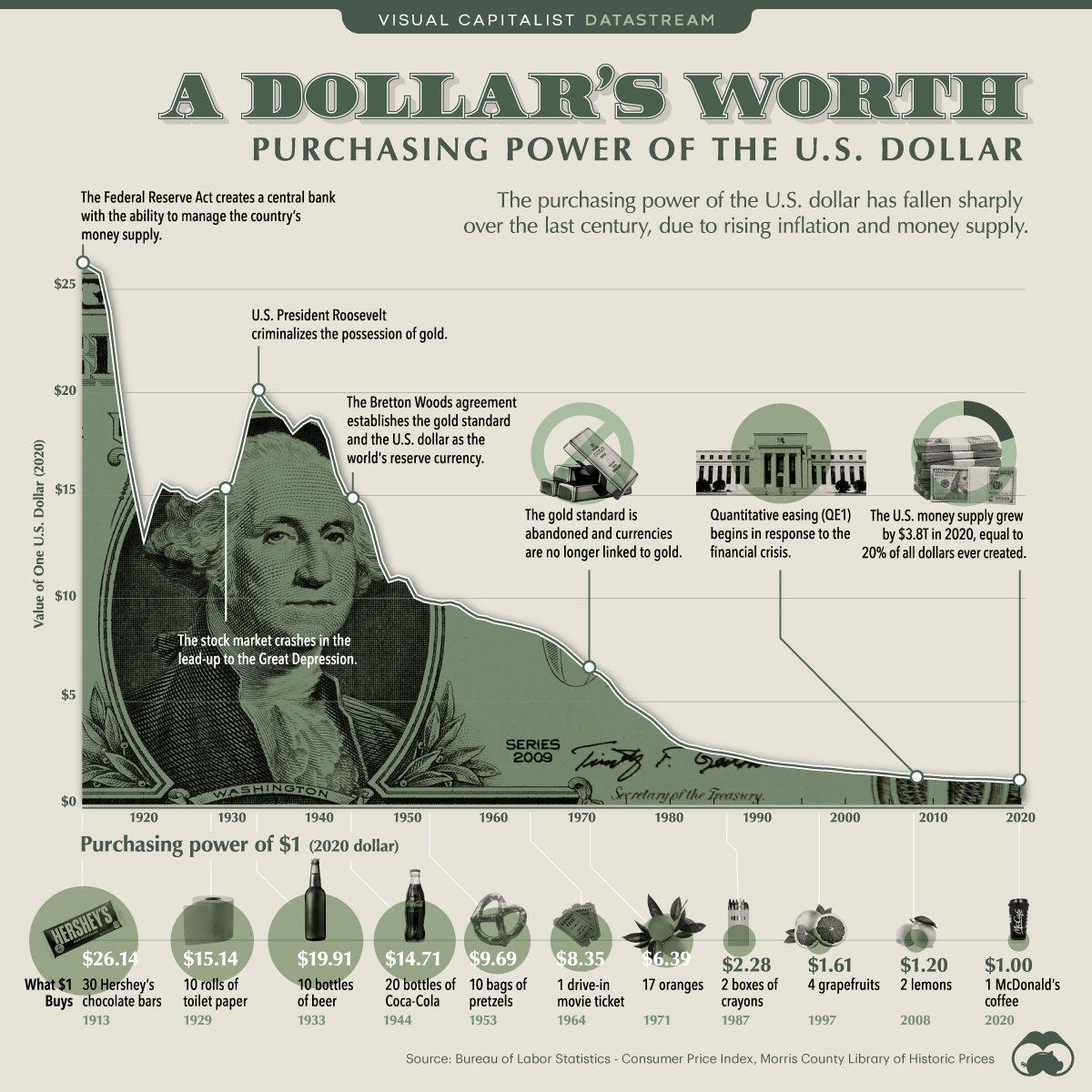Money As Equity: For An "Accounting View" Of Money

the
issuing states, and are reported as a component of public debt under
their respective national accounting statistics (ESA, 2010). Similarly,
banknotes issued by central banks, and by extension central bank
reserves (which represent the largest share of money base in every
contemporary economy), are considered as liabilities of the issuing
central banks and are accounted for as central bank debt to their
holders.
By Biagio Bossone e Massimo Costa
In
fact, even though the law says that money is “debt”, a correct
application of the general principles of accounting does raise deep
doubts about such a conception of money. Debt typically involves an
obligation between lender and borrower as contracting parties. We wonder
which obligation may fall upon the state from the rights entertained by
the holders of coins, or which obligation may fall upon the central
bank from the rights entertained by the holders of banknotes or by the
banks holding reserves.
We specifically
refer to these three “species” of money because they are all “legal
tender”, that is, in force of a legal power, they absolve their issuers
of any responsibility to convert them into other forms of value. This is
not the case, obviously, for monies that are convertible on demand into
commodities or liabilities issued by third parties (e.g., currencies of
other countries). On the other hand, conversion of reserves into
banknotes does not constitute a central bank’s debt obligation, since it
only gives rise to a substitution of one form of liability for another
that is issued by the same central bank and is not redeemable in any
other form of value produced by third parties.
A similar question
can be asked with respect to the money issued by commercial banks in the
form of sight deposits, inasmuch as this money plays a similar role to
that of legal tender in almost all bank-customer relations (excluding
interbank obligations, which require central bank money as settlement
asset).[1]
We shall return to this type of money later on in the article. Below we
focus on legal tender monies issued by the state or the central bank.
Legal tender: if it is not debt, what else is it?
In the old days,
local sovereigns guaranteed that the coins they issued contained a
specific amount of precious metal (silver or gold).[2]
Still in those days, banknotes gave their holders the right to claim
for their conversion into silver or gold coins. To be able to match
those claims, sovereigns needed to hold adequate volumes of metal
reserves. The same kind of obligation committed central banks with
respect to their reserve liabilities issued to commercial banks.
Therefore, all three species of money gave origin to true debt
obligations that were legally binding on their issuers and could be
triggered on demand by their holders at any point in time.
But
this was the past. Today, convertibility has all but disappeared for
each of the three money species under discussion. Coins have lost most
of their relevance and have been largely replaced by paper money.
Convertibility of banknotes has been suspended long ago, and the
abandonment of the gold-exchange standard, about half a century ago,
marked the definitive demise of “debt” banknotes even at the
international level. Finally, the reserve deposits held by commercial
banks and national treasuries at central banks are today delinked from
any conversion obligation into commodities or third-party liabilities
(except where the central bank adheres to fixed exchange rate
arrangements, the economy is dollarized, or the country is under a
currency board regime).
Therefore, although
for legacy reasons, or simply due to conventional choice, money is
still allocated as debt in public finance statistics and central bank
financial statements, it is not debt in the sense of carrying
obligations that imply creditor rights.[3] Rather, it represents equity for the issuer and, as such, it implies ownership rights.
The “Accounting View” of money






